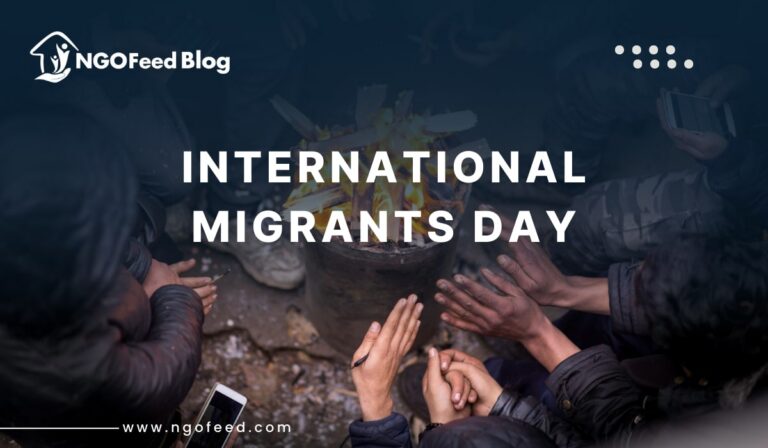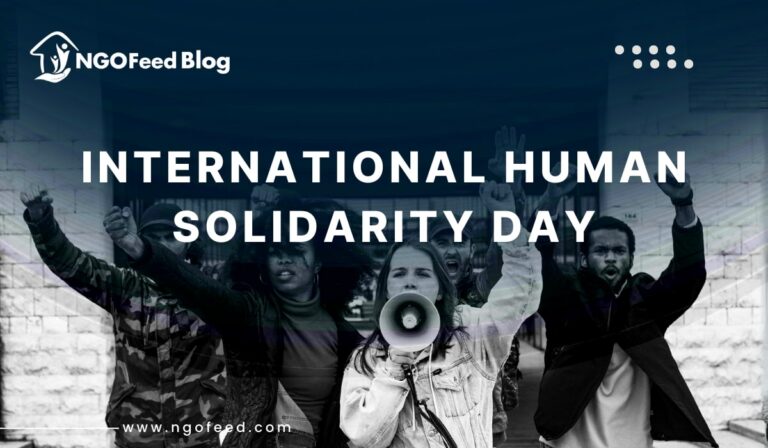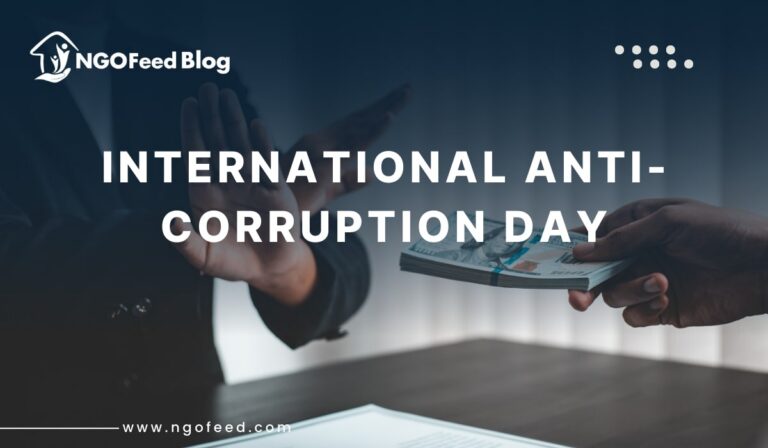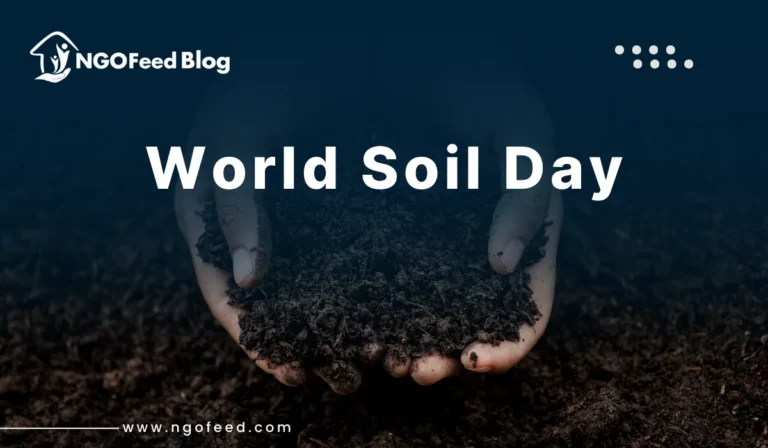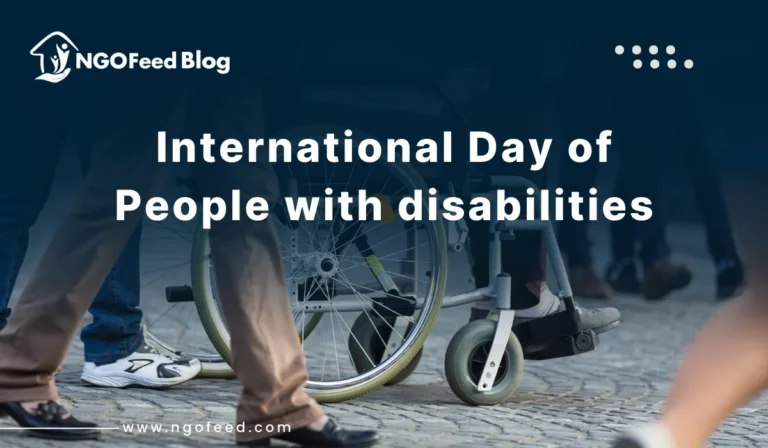Role of NGOs in Post War Rehabilitation: In the aftermath of armed conflict, societies face immense challenges that require strategic rehabilitation efforts. Post-war rehabilitation encompasses a broad range of initiatives aimed at rebuilding communities, restoring infrastructure, and reintegrating individuals into society. This essay will explore key components of post-war rehabilitation, focusing on psychological recovery, economic revitalization, community rebuilding, and governance restoration.
Table of Contents
1. Psychological Recovery
The psychological impact of war can be profound and long-lasting. Many individuals experience trauma, loss, and a host of mental health issues. Post-war rehabilitation must prioritize psychological recovery by providing access to mental health services, counseling, and support groups.
Efforts should also include community-based programs that promote dialogue and reconciliation, helping individuals to process their experiences and restore their sense of identity and belonging.
Also Read: Transparency in Nonprofit Operations
2. Economic Revitalization
War often devastates economies, leading to high unemployment and loss of livelihoods. Post-war rehabilitation requires a focus on economic revitalization through job creation, investment in local businesses, and infrastructure development.
This can involve vocational training programs to equip individuals with new skills, access to microfinance, and policies that encourage entrepreneurship. By rebuilding the local economy, societies can foster resilience and reduce the risk of future conflict.
3. Community Rebuilding
Rebuilding communities is essential for fostering social cohesion and ensuring a stable future. This involves not just the physical reconstruction of homes and infrastructure but also creating spaces for community interaction and rebuilding trust among residents.
Initiatives such as community centers, schools, and recreational facilities can help bring people together, promote healing, and rebuild social networks that are crucial for a thriving society.
4. Governance Restoration
A stable and effective governance structure is vital for post-war recovery. Rehabilitation efforts should focus on restoring legitimate governance by promoting inclusive political processes, rebuilding institutions, and ensuring the rule of law.
This includes efforts to combat corruption, uphold human rights, and strengthen civil society. Empowering local populations in governance and decision-making can lead to more sustainable peace and development.
Also Read: Role of ICARDA in India
Role Of NGOs in Post War Rehabilitation & Government
1. Planning and Coordination
Importance of Collaborative Efforts
Effective post-war rehabilitation requires careful planning and collaboration among various stakeholders, including government authorities, NGOs, international organizations, and local communities. Coordination among these groups helps to avoid duplication of efforts and ensures that resources are directed toward the most pressing needs.
For example, establishing a centralized database of available resources and existing programs can help facilitate joint initiatives and streamline recovery efforts.
Stakeholder Engagement
Engaging stakeholders from the outset fosters a sense of ownership and accountability. By involving local leaders, community representatives, and other relevant stakeholders in the planning process, organizations can better understand the unique circumstances and challenges faced by the affected population.
Also Read: Role of UNESCAP in India
This inclusion enhances the relevance of the rehabilitation activities and strengthens community resilience by leveraging local knowledge and resources.
2. Community Involvement
Engaging Local Populations
For rehabilitation efforts to succeed, it is essential to actively engage local populations. Participation can take various forms, including community meetings, surveys, and participatory assessments.
When communities are involved in decision-making, they are more likely to support the initiatives and contribute to their success through voluntary work or providing resources.
Building Trust and Transparency
Transparency in decision-making and execution builds trust between the organizations leading rehabilitation efforts and the communities they serve.
By openly sharing information about project goals, funding sources, and implementation plans, organizations can foster a culture of trust and partnership. This is especially critical in post-conflict settings, where skepticism and mistrust may be prevalent due to previous experiences of disillusionment or exploitation.
Also Read: Role of NGOs in Sustainable Development
3. Transparency and Accountability
Managing Government Contributions
Government contributions can be a significant source of funding for post-war rehabilitation, but effective management of these funds is crucial. Organizations must establish clear financial protocols to track the use of funds and ensure they are spent ethically and effectively.
Regular financial audits and public reporting can enhance transparency, building trust among stakeholders and local communities.
Mitigating Risks of Corruption
Corruption is a significant concern in post-war environments, often fueled by weak governance structures. Organizations should implement robust anti-corruption measures, such as whistleblower protections and independent oversight committees.
By creating a culture of accountability and transparency, organizations can reduce the risks of corruption and ensure that resources reach those in need.
4. Role of NGOs in Humanitarian Aid
Immediate Response to Needs
NGOs in India play a critical role in providing rapid humanitarian assistance in the aftermath of conflict. Their ability to mobilize quickly enables them to address urgent needs, such as food, shelter, medical care, and psychological support.
Also Read: Role of NGOs in Anganwadi
NGOs often have existing networks that allow them to deliver aid efficiently, reaching marginalized and hard-to-access populations.
Long-Term Development Strategies
Beyond immediate relief, NGOs are integral to implementing long-term development strategies. They often work on capacity-building initiatives that empower communities and promote sustainable development practices.
This includes programs aimed at education, job creation, and infrastructure development, which address the root causes of vulnerability and build resilience against future conflicts.
5. Sustainable Recovery and Development
Laying the Groundwork for Peace
Sustainable recovery involves more than restoring physical infrastructure; it requires rebuilding social cohesion and trust within communities. Rehabilitation efforts should include peace-building initiatives that encourage dialogue and reconciliation among different groups affected by the conflict.
This can be supported through community forums, joint projects, and programs that promote cultural integration.
Also Read: Role of NGOs in Street Children
Integrating Rehabilitation with Development Goals
To ensure long-lasting impact, rehabilitation efforts must be aligned with broader development goals. This includes integrating initiatives that address economic, social, and environmental challenges.
For instance, implementing livelihood programs alongside education and health initiatives can create a holistic approach that fosters economic growth and social stability, ultimately leading to sustainable peace.
Conclusion
In conclusion, effective post-war rehabilitation requires a comprehensive approach that encompasses strategic planning, community involvement, transparency, and the effective use of government and NGO resources.
Also Read: Role of NGOs in Civil Society
By recognizing the interconnectedness of immediate recovery needs and long-term development objectives, organizations can foster resilience, promote stability, and support communities in their journey toward healing and rebuilding.
A collaborative and inclusive approach not only enhances the effectiveness of rehabilitation activities but also empowers individuals and communities to take an active role in shaping their futures.




